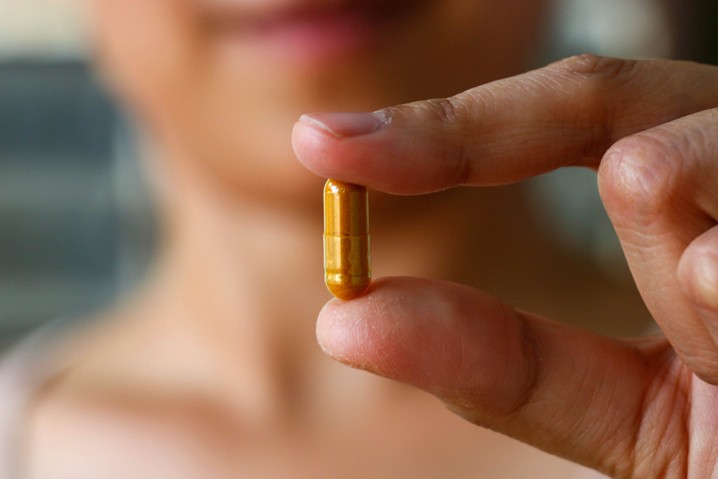-
Tips for becoming a good boxer - November 6, 2020
-
7 expert tips for making your hens night a memorable one - November 6, 2020
-
5 reasons to host your Christmas party on a cruise boat - November 6, 2020
-
What to do when you’re charged with a crime - November 6, 2020
-
Should you get one or multiple dogs? Here’s all you need to know - November 3, 2020
-
A Guide: How to Build Your Very Own Magic Mirror - February 14, 2019
-
Our Top Inspirational Baseball Stars - November 24, 2018
-
Five Tech Tools That Will Help You Turn Your Blog into a Business - November 24, 2018
-
How to Indulge on Vacation without Expanding Your Waist - November 9, 2018
-
5 Strategies for Businesses to Appeal to Today’s Increasingly Mobile-Crazed Customers - November 9, 2018
Can exercise be replaced by a pill?
Researchers from the University of Sydney have created the world’s first “blueprint” for how exercise causing a 1,000 molecular changes in the body, NDTV reports. Researchers have laid out a roadmap to achieve this and we need to wait to find that “exercise in a bottle”. There is no need to prove how beneficial exercise is for our health and while multiple studies dig deeper into the beneficial effects of working out on metabolism, circulation, and improved functioning of organs such as the heart, brain, and liver, there are those who are busy developing exercise pills.
Advertisement
It took three years to create the exercise blueprint, and it will be many more before a pill could conceivably be available-“at least a decade”, says Hoffman.
Hoffman thanking the participants said that they are very thankful to these individuals, who not only gave their muscle samples to science but also readings before and after exercise. Knowing these molecular targets is leading to the development of chemical interventions mimicking the effect of exercise without moving a muscle.
A few encourage the growth of muscle fibre, which improves endurance; others help blood vessels grow in muscles, which makes them work more effectively. Scientists have found about 1,000 molecular reactions to exercise, which opens the door for drug treatments to mirror the health benefits of exercise. The majority of changes they discovered have not previously been associated with exercise, with existing research focusing on just a small number of changes.
Clearly people derive many other rewarding experiences from exercise, such as increased cognitive function, bone strength, and improved cardiovascular function, says Laher, adding that it is unrealistic to expect that exercise pills will fully be able to substitute for physical exercise at least not in the immediate future. “We were the first to create this map and we now know the complexity”, he said.
Using analysis based on engineering as well as mathematics, the researchers used the blue print to examine how drugs in the future could trigger similar changes in the body as compared to what happens from exercises.
James is a professor in the University of Sydney.
Advertisement
The project is still in early stages, but researchers believe this could be a key element to certain treatments when exercise is required.





























